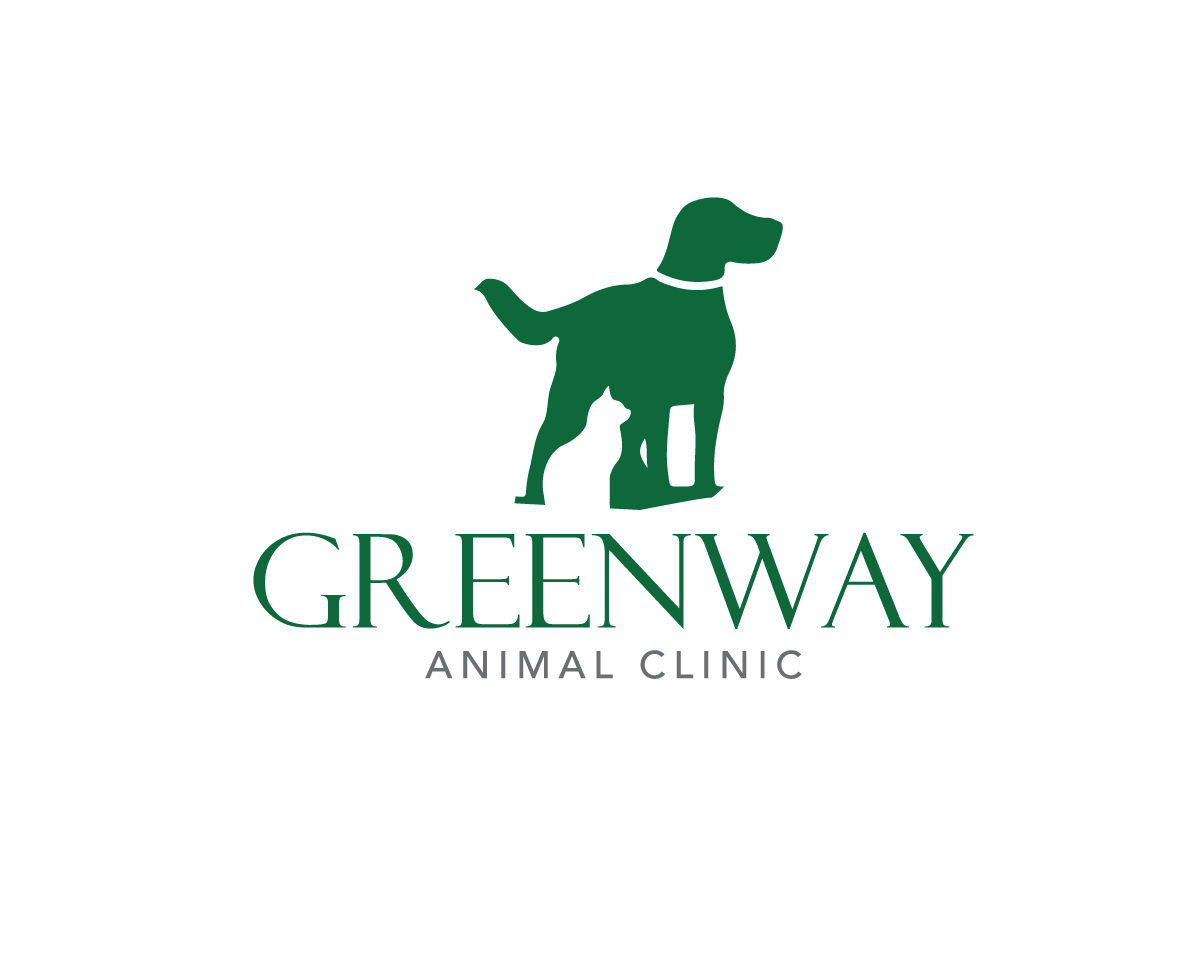Pet Health Library
-
Cats and dogs are attracted to the sweet taste of ethylene glycol. Many will voluntarily drink antifreeze if it is spilled or leaks on to garage floors or driveways and are more than ready to lick the product from contaminated paws and coats.
-
Having been supplied with cream, lotion or ointment to apply, there is then the problem of how to apply it! Even the most biddable dog can object violently to applications on a sensitive area.
-
This ear preparation has been supplied in order to assist in treating your pet's ear complaint. The condition is not uncommon and as mentioned there are a number of possible causes.
-
Your veterinarian will have discussed the frequency and application of the eye medication prescribed but it may be useful to have these notes as an aide mémoire.
-
Arthritis is a complex condition involving inflammation of joints. There are many causes but in general the degree of arthritis is directly related to the age of the animal.
-
Atopy was once thought to be caused by an inhaled allergen to which the dog's immune system over reacts. However, although the cause of atopy is still unknown, it is most likely due to contact of the allergic particles directly on the skin.
-
This slow-growing tumour is a disordered overgrowth of cells of the skin epidermis. It gets its name from its resemblance under the microscope to the basal cell layer of epithelium.
-
It is not unusual for behaviour problems to develop in older pets. Many of the problems have similar causes to those in younger pets.
-
The names for the non-cancerous fibrous growths include collagenous hamartoma, fibroepithelial polyp, skin tag, cutaneous tag, hyperplastic or hypertrophic scar and acrochordon. A hamartoma is defined as a nodular, poorly circumscribed focus of redundant tissue.
-
This is any tumour originating from the mammary gland tissues. Most tumours of this type are cured by total surgical removal but a few progress to malignancy in time and start to spread to other parts of the body (metastasis).

